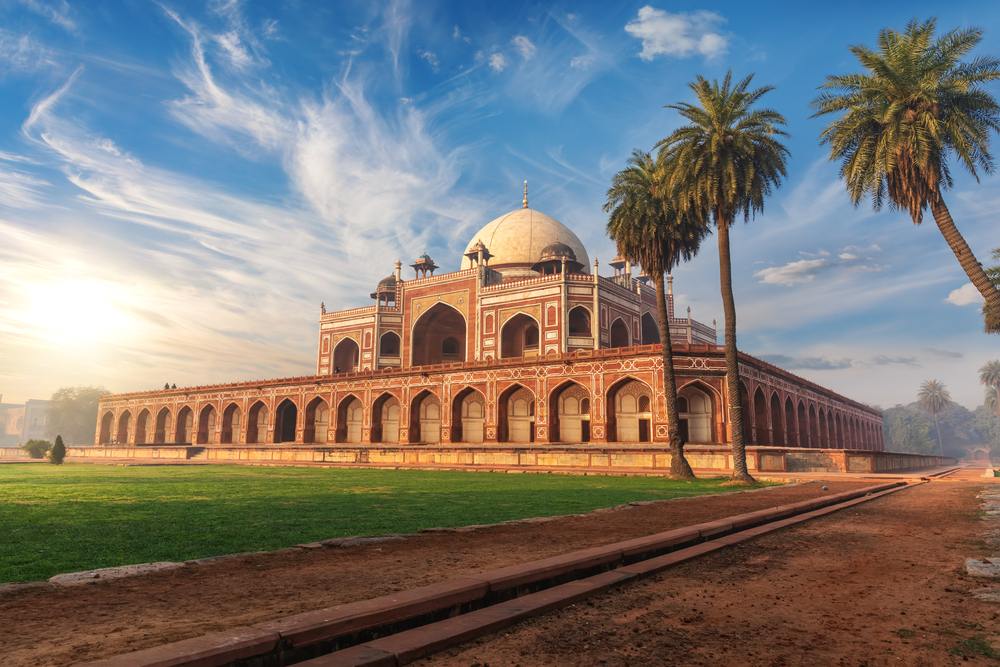Union Culture Minister Gajendra Singh Shekhawat officially opened the museum, which showcases over 500 artefacts, many of which are on public display for the first time. The museum is inspired by traditional ‘baolis’ or water tanks, and offers insights into the life of Mughal emperor Humayun and the rich heritage of the Nizamuddin area.
Developed by the Aga Khan Trust for Culture in collaboration with the Archaeological Survey of India (ASI), the museum is a product of 25 years of conservation efforts across the 300-acre site that includes Humayun’s Tomb, Sunder Nursery, and Nizamuddin Basti.
Visitors to the museum will be able to take a look at Mughal miniatures, manuscripts, coins, textiles, and various other artefacts. The museum also features an immersive gallery with a 270-degree screen, offering virtual tours of the World Heritage Site’s monuments and gardens, as well as an animated presentation on the evolution of Humayun’s Tomb over the last 500 years.
The museum’s inauguration coincided with the 46th session of the UNESCO World Heritage Committee in New Delhi. The museum will be open to the public starting July 30 (Tuesday), offering a new avenue for experiencing India’s rich cultural heritage.
Humayun’s Tomb, a majestic example of Mughal architecture, stands as a prominent historical and cultural landmark in New Delhi. It was built in the mid-16th century by Empress Bega Begum, the wife of the Mughal Emperor Humayun. Did you know that the design of the Taj Mahal was inspired by Humayun’s Tomb?
This tomb was also the first garden-tomb in the Indian subcontinent and it marked a significant departure from earlier Mughal architectural designs. The structure is renowned for its grand red sandstone facade, intricate white marble inlays, and a beautiful Persian-style garden layout, which symbolically represents the paradise garden. Recognised as a UNESCO World Heritage Site, Humayun’s Tomb not only serves as a resting place for the emperor but also stands as a testament to the rich cultural heritage and architectural innovations of the Mughal era.








